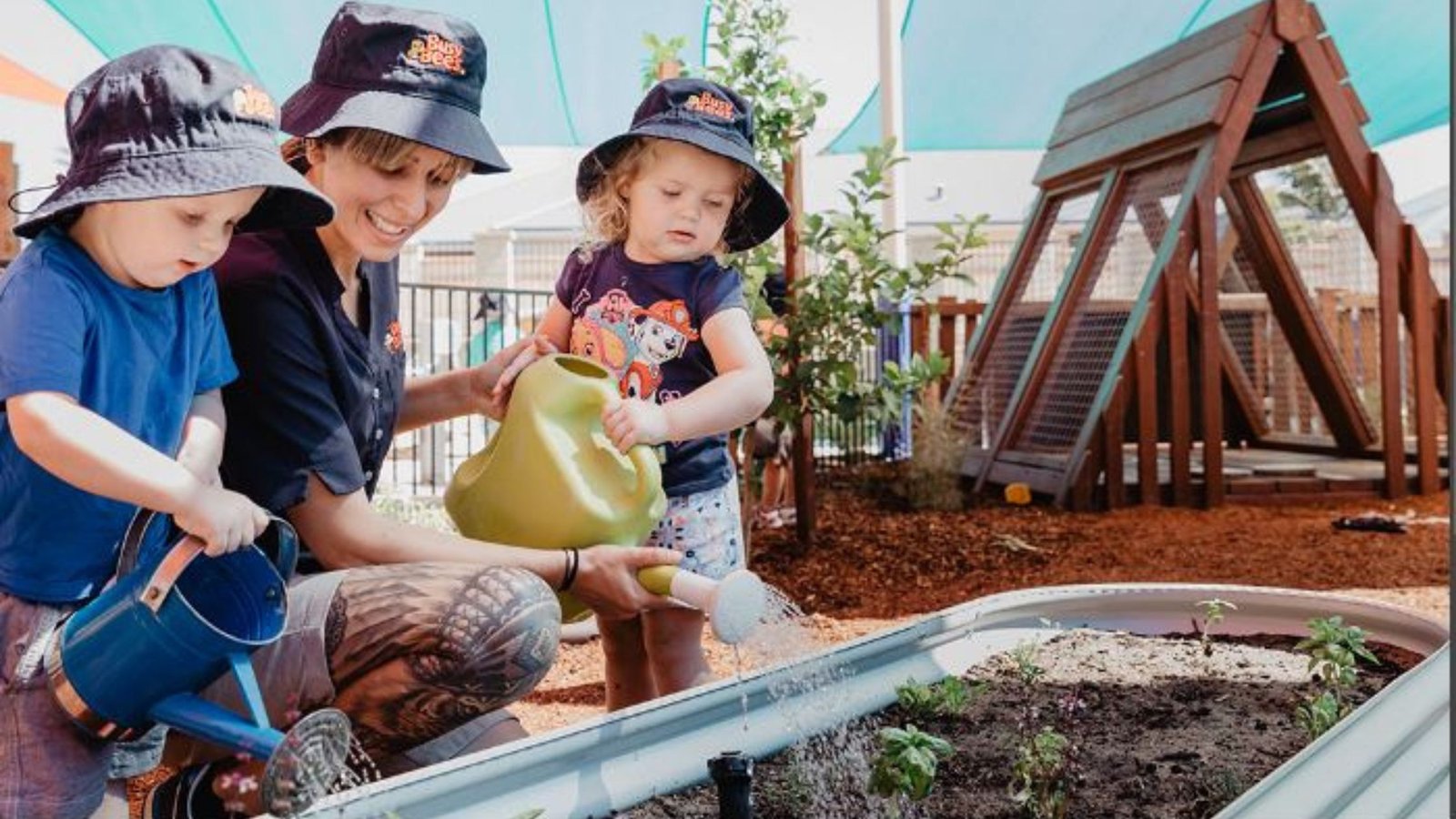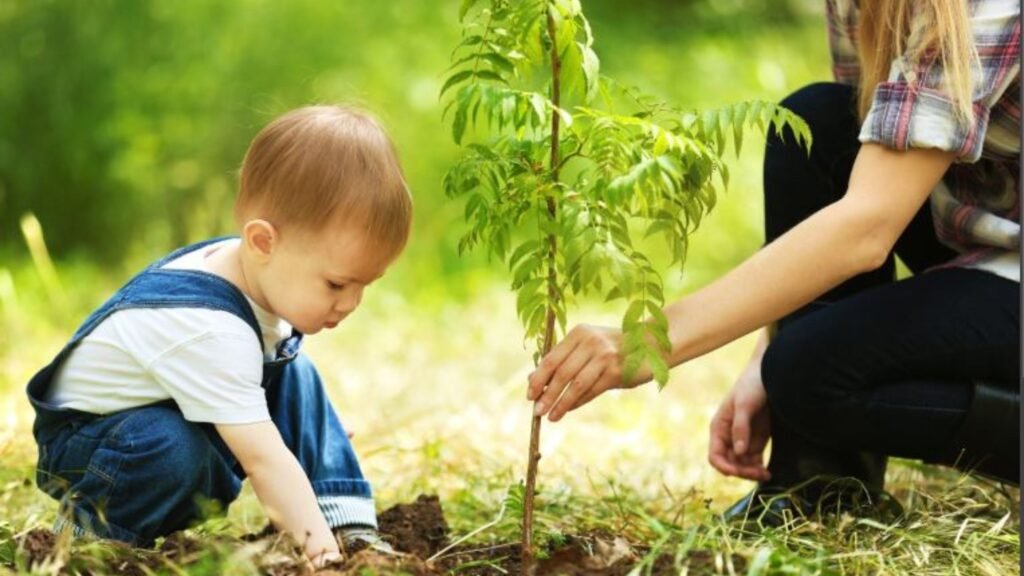Teaching children environmental responsibility is crucial for fostering a sustainable future. Instilling eco-friendly habits from a young age helps children understand the importance of protecting the environment and encourages them to make responsible choices. Here’s how you can effectively teach your children to be environmentally responsible.

1. Start with Simple Concepts
Teaching children environmental responsibility begins with introducing simple concepts. Start by explaining basic environmental issues like recycling, reducing waste, and conserving energy. Use age-appropriate language and examples to make these concepts relatable.
For instance, show them how to sort recyclables and explain why recycling is important. Demonstrate how turning off lights and unplugging devices when not in use helps save energy. By starting with simple, actionable steps, children can easily grasp and implement these ideas.
2. Lead by Example
Teaching children environmental responsibility involves leading by example. Children learn a lot through observation, so modeling eco-friendly behavior is effective. Show them how you incorporate sustainable practices into your daily life.
Use reusable shopping bags, conserve water, and properly dispose of waste. Involve your children in these activities and explain your actions. When they see you practicing environmental responsibility, they are more likely to adopt these habits themselves.
3. Engage Them in Environmental Activities
Teaching children environmental responsibility becomes more effective through engaging activities. Involve your children in hands-on projects related to environmental conservation. Activities such as gardening, beach clean-ups, or tree planting provide practical learning experiences.
Creating a family garden, for instance, teaches children about growing their own food and the importance of plant life. Participating in community clean-up events helps them understand the impact of littering and the value of a clean environment. These activities make environmental responsibility tangible and enjoyable.
4. Educate Through Media and Resources
Teaching children environmental responsibility can be enhanced by utilizing media and resources. Books, documentaries, and educational programs about the environment can provide valuable insights and inspire action. Choose age-appropriate materials that capture their interest.
For younger children, picture books with environmental themes are effective. For older kids, documentaries or educational shows about wildlife and conservation can deepen their understanding. Incorporate these resources into your routine to reinforce the importance of environmental stewardship.
5. Encourage Questions and Discussions
Teaching children environmental responsibility involves encouraging questions and discussions. Create an open dialogue about environmental issues and allow your children to express their thoughts and concerns. Answer their questions honestly and in a way that matches their level of understanding.
Discuss topics like climate change, endangered species, and the impact of pollution. Encourage critical thinking by asking questions about how they can contribute to solving these issues. Engaging in discussions helps children develop a deeper understanding and commitment to environmental responsibility.
6. Make It a Family Commitment
Teaching children environmental responsibility becomes more impactful when it is a family commitment. Involve everyone in household efforts to live sustainably. Set family goals related to reducing waste, conserving energy, or supporting eco-friendly products.
Celebrate achievements and progress in your environmental efforts as a family. For example, reward milestones like reducing household waste by a certain percentage. Making environmental responsibility a shared goal strengthens the commitment and reinforces the importance of these values.
Conclusion
In conclusion, teaching children environmental responsibility is vital for cultivating a sustainable future. By starting with simple concepts, leading by example, engaging in activities, utilizing educational resources, encouraging discussions, and making it a family commitment, you can effectively instill eco-friendly habits in your children. These practices help them understand their role in protecting the environment and empower them to make responsible choices for a better world.

